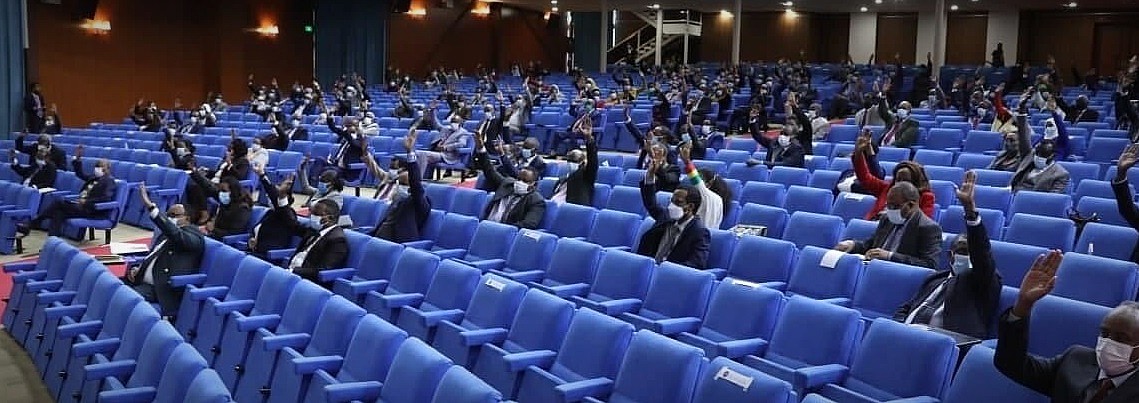Over the past 15 years, the Ethiopian economy registered a remarkable double-digit real GDP growth and over a six-fold increase in per capita GDP to about US$865 in 2018. This has been accompanied with a significant poverty reduction from 44.2 percent in 2000 to 23.5 percent in 2015, and improvements in access to education, health, and infrastructure. High public investments in infrastructure and human capital development fueled the country’s growth. These investments narrowed fundamental gaps in transport and energy infrastructure and human capital developments, there by laying the foundation for a sustained growth. However, the public investment led growth model had its shortcomings. While significant strides have been made, both GTP I and GTP II have not entirely been successful in achieving structural transformation and stimulating exports. The growth has also failed to stimulate private sector development to create decent jobs; gaps remain in ensuring quality universal access to basic services to all Ethiopians. Furthermore, the efforts to finance ambitious public investment programs through directing domestic financial resources and significant external borrowing, coupled with poor project execution, resulted in serious macro-economic imbalances— foreign exchange shortages, increased risk of external debt distress, growing financial sector vulnerabilities, limited access to finance for the private sector, high inflation, and potential misallocation of resources. These macro-economic imbalances, if not corrected immediately, jeopardize the journey to a middle-income economy by 2025....


